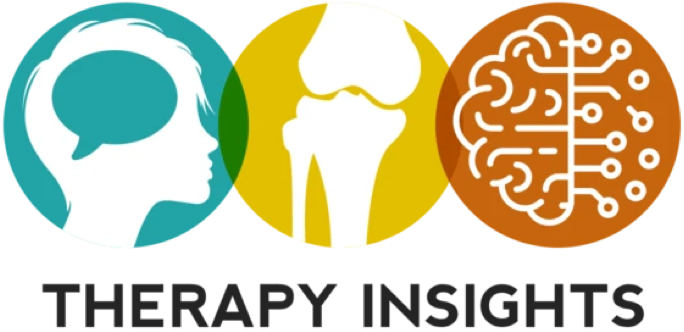The Posterior Cerebellum is Involved in Constructing Social Action Sequences: An fMRI Study (2019)
January 13, 2022 by Megan Berg.
Previous research with healthy adults— using fMRI technology—has demonstrated strong activation between the cerebellum and cerebral cortex during the understanding of social events and behaviors. This study wanted to expand upon Van Overwalle et al (2019) research that used picture sequencing (using cartoon drawings) with “false belief ” tasks. These tasks require a person to […]
